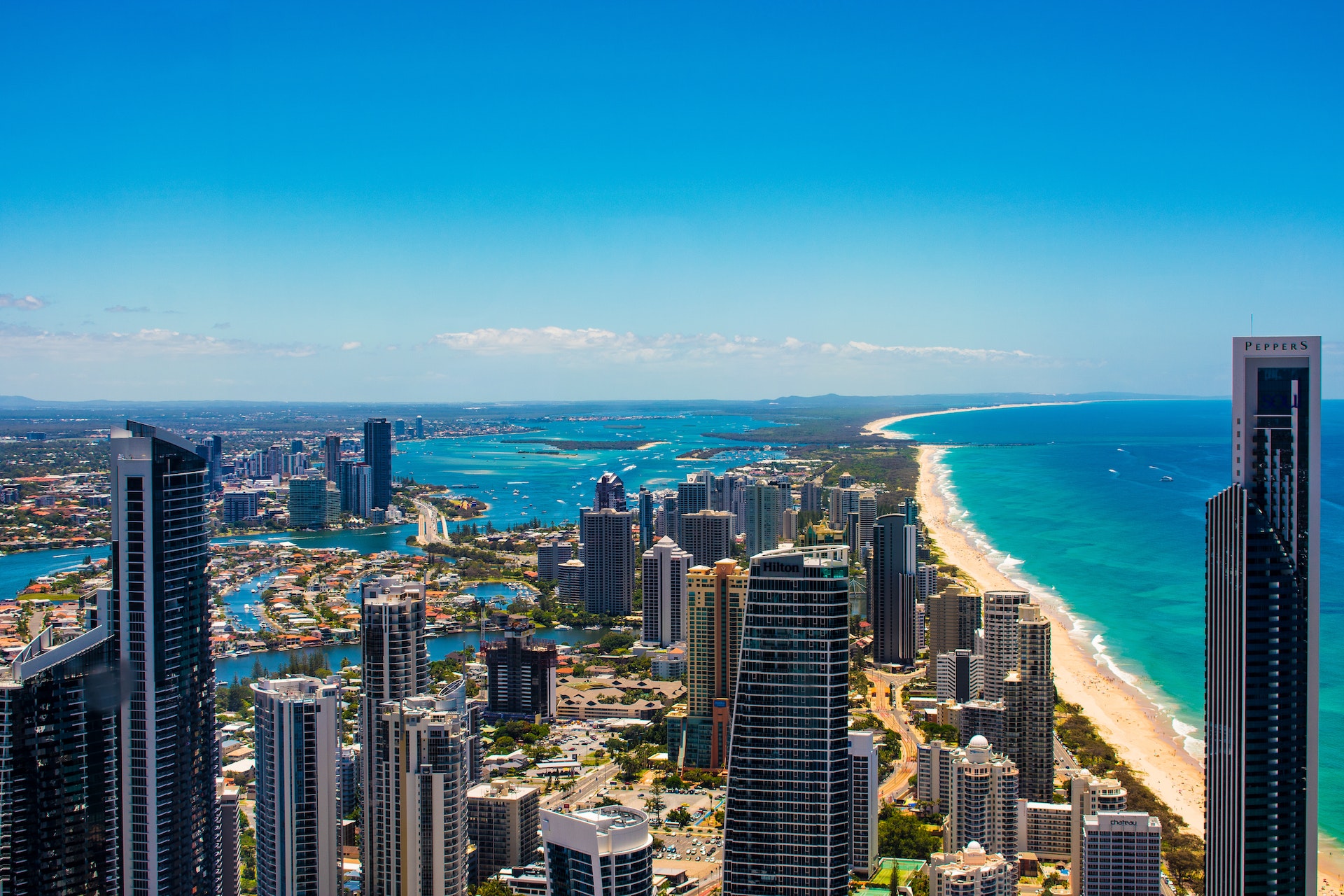A 5-point Summary of The 2023 Australian Property Market
- Strong rebound in 2023: CoreLogic’s national home value index (HVI) reported a significant 8.1% increase in 2023, marking a notable turnaround from the 4.9% drop experienced in the previous year.
- Diverse market dynamics: despite the overall positive trend, the annual change in housing values varied widely, ranging from a 15.2% surge in Perth to a -1.6% fall in regional Victoria.
- Urban-rural disparities: capital cities, including Perth, Adelaide, and Brisbane, saw consistent monthly growth rates above 1% since May, while larger cities like Melbourne and Sydney experienced a sharp slowdown, particularly post the June rate hike.
- Factors influencing growth: Tim Lawless, CoreLogic’s research director, attributed the diversity in growth rates to factors related to demand and supply, with housing affordability challenges less pressing in certain cities.
- Regional vs. Capital city trends: the combined capital cities index recorded stronger growth conditions compared to regional areas, marking a reversal from the early covid period. Despite the positive trajectory, some capital cities are yet to surpass record highs, emphasising the nuanced dynamics at play in the Australian housing market.
CoreLogic’s national home value index (HVI) revealed a significant rebound in 2023, with a notable 8.1% increase, marking a turnaround from the 4.9% drop observed in 2022. Despite this positive trend, the annual gain was well below the 24.5% surge recorded in 2021. December concluded the year with a modest 0.4% increase, representing the smallest monthly gain since values began rising in February.
Tim Lawless, CoreLogic’s research director, highlighted that persistent cost of living pressures, affordability challenges, rising advertised stock levels, and low consumer sentiment have gradually cooled the market in the latter half of the year, especially following rate hikes in June and November.
Throughout 2023, housing values exhibited diversity, ranging from a 15.2% surge in Perth to a -1.6% fall across regional Victoria. The rate of home value growth varied across capital cities, with Perth, Adelaide, and Brisbane experiencing monthly growth rates of over 1% since May. In contrast, Melbourne and Sydney witnessed a sharp slowdown since the June rate hike, with Melbourne values declining through November and December. Sydney’s home values are stabilising with a modest monthly growth rate of 0.2% in the final two months of the year.
The disparity in growth can be attributed to demand and supply dynamics, according to Mr. Lawless. Cities like Perth, Adelaide, and Brisbane faced fewer affordability challenges and lower advertised supply levels. In contrast, cities with lower or negative growth, such as Hobart and Darwin, exhibited higher than average advertised supply levels.
Overall, the combined capital cities index recorded stronger growth conditions relative to regional areas, with a 9.3% increase in 2023, more than double the 4.4% rise observed across the combined regional index. Mr. Lawless noted a reversal in the trend observed during the early covid period, where regional markets experienced higher demand. Regional migration trends normalised in 2023, contributing to the shift.
Despite the positive trajectory, some capitals are yet to surpass record highs. At the end of 2023, Sydney values remained -2.1% below their January 2022 peak, Melbourne values were -4.1% below their march 2022 peak, act values remained -6.3% below record highs, and Hobart values were down -11.2%. Darwin home values were -2.8% below their cyclical high in august last year and -7.2% below the record high set in May 2014.

